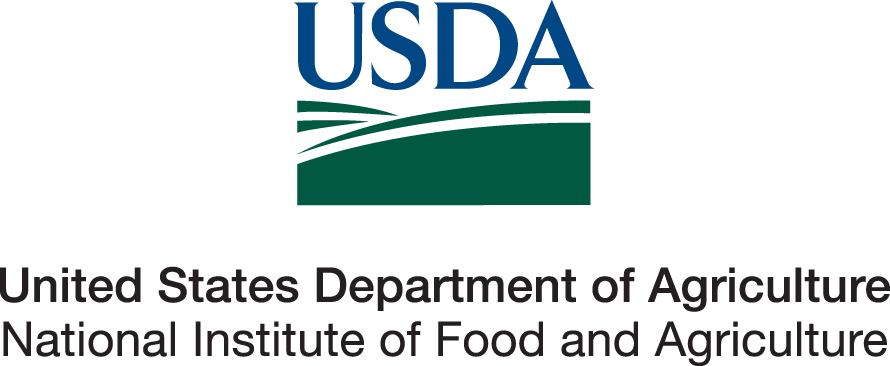Sunflower Planting (05/27/21)
In North Dakota, sunflower planting can extend from mid-May until mid-June. As of May 23rd 30% of the sunflower acres in North Dakota were planted. National sunflower surveys indicate that two of the main limiting factors in optimizing sunflower yield are plant spacing within the row, and lower established plant populations than intended. Within row plant spacing irregularities consist of large skips, or areas where plants grow too close together, causing one of the plants not to contribute to sunflower yield. Equal distribution of plants within the row is essential to obtaining maximum sunflower seed yield.
Irregular plant spacing in the row may be due to poor seeding conditions, planting equipment malfunctions, high planting speed, poor seed germination, seedling disease, insect damage, or other factors. Producers should pay close attention to their management and refine their technique while planting sunflower to help maximize yield. Planter calibration and planting speed may be the first steps to reduce skips and get better plant spacing within the row.

Growing conditions during the season will affect yield, oil content, and fatty acid composition. Since 1990, the average on farm sunflower yield has increased by about 15 pounds per acre per year. This increase is due to improved genetics and changes in production management. Paying attention to management details and selecting the best genetics for each field may translate into higher sunflower yields.
Sunflower growth stage and development depend on planting date and the accumulated heat units. The North Dakota Agricultural Weather Network has a model to predict the sunflower growth stages based on location and weather conditions. It can be found at: http://ndawn.ndsu.nodak.edu/sunflower-growing-degree-days.html. A good description of the various important sunflower growth stages can be found at: http://www.ag.ndsu.edu/pubs/plantsci/crops/a1145.pdf.
Extension Agronomist Broadleaf Crop


